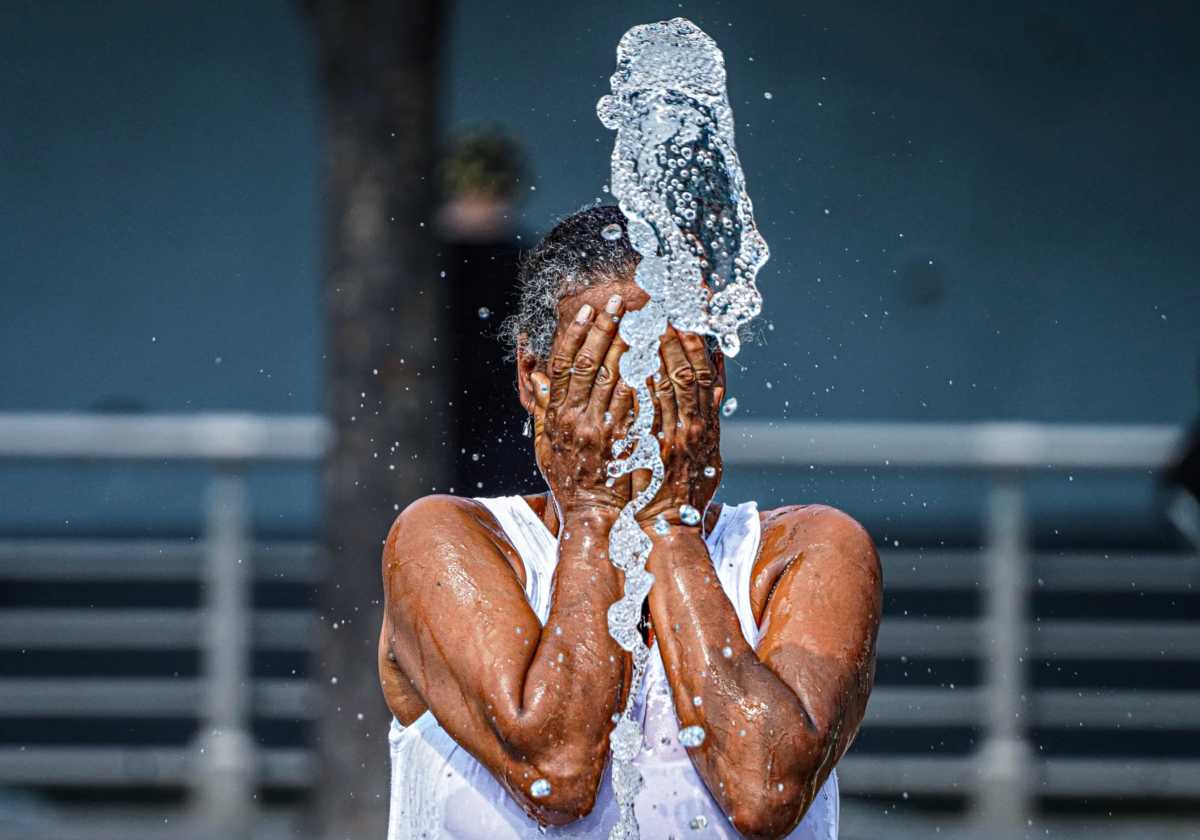What Happened
New York City is currently under an extreme heat warning, which is expected to last from June 22 to June 24, 2025. During this period, temperatures are predicted to reach highs in the upper 90s to 100 degrees Fahrenheit, with the heat index—factoring in humidity—making it feel significantly hotter, potentially exceeding 104 degrees in Central Park and 102 degrees at John F. Kennedy Airport. The National Weather Service has indicated that the peak of this heat wave will occur on Monday, June 23, with particularly high heat indices expected in interior sections of New Jersey and the northern suburbs, where conditions may feel akin to those in Arizona, with heat indices reaching 110 degrees.
The extreme heat poses serious health risks, especially for vulnerable populations such as seniors, young children, and individuals with pre-existing medical conditions. The city has recommended several safety measures, including staying indoors, utilizing air conditioning, and visiting designated cooling centers if necessary. The heat wave is anticipated to strain the city’s power grid due to increased air conditioning usage, prompting Con Edison to prepare for potential power outages.
Key Details
- Duration of Heat Warning: June 22 to June 24, 2025
- Expected High Temperatures: Upper 90s to 100 degrees Fahrenheit
- Heat Index Forecast: Over 100 degrees in some areas, with Central Park expected to reach 104 degrees
- Vulnerable Populations: Seniors, young children, and individuals with underlying health conditions
- Safety Recommendations: Limit outdoor activities, stay hydrated, and check on at-risk individuals
- Cooling Centers: Available throughout the city; residents can find locations via the city’s Cool Options NYC map or by calling 311
- Potential Power Strain: Increased demand on the power grid due to air conditioning usage; Con Edison is on alert for outages
Multiple Perspectives
The extreme heat warning has prompted various responses from city officials and health experts. According to the National Weather Service, the heat wave is a serious concern that requires public awareness and proactive measures to prevent heat-related illnesses. Health officials emphasize the importance of hydration and avoiding strenuous activities during peak heat hours, which they define as between 11 a.m. and 4 p.m.
On the other hand, some residents express frustration with the recurring nature of heat waves in the city, highlighting the need for improved infrastructure to handle extreme weather. They argue that the city should invest more in public cooling facilities and ensure that vulnerable populations have access to adequate resources during such events. Additionally, there are concerns regarding the reliability of the power grid, with some residents advocating for more sustainable energy solutions to mitigate the impact of heat waves on electricity demand.
Context & Background
Extreme heat events have become increasingly common in urban areas, including New York City, as climate change contributes to rising temperatures. The phenomenon known as the “urban heat island effect” exacerbates these conditions, where urban areas experience higher temperatures than their rural surroundings due to human activities and infrastructure. This heat wave is part of a broader trend of increasing frequency and intensity of heat events across the United States.
The city’s response to heat waves has evolved over the years, with the establishment of cooling centers and public awareness campaigns aimed at educating residents about the dangers of extreme heat. However, challenges remain, particularly in ensuring that all residents, especially those in low-income neighborhoods, have access to air conditioning and cooling resources.
What We Don’t Know Yet
While forecasts provide a general outlook on the heat wave, uncertainties remain regarding the exact intensity and duration of the heat. Weather patterns can shift, and unexpected changes in humidity or wind could alter the expected heat indices. Additionally, the potential for power outages during the heat wave raises questions about the city’s preparedness and response capabilities.
There is also limited information on how this heat wave will impact specific communities within the city, particularly those that are underserved or lack access to cooling resources. Ongoing assessments will be necessary to understand the full implications of the heat wave on public health and infrastructure, as well as to evaluate the effectiveness of the city’s response measures.
In conclusion, as New York City braces for this extreme heat wave, residents are urged to take precautions to protect their health and well-being. The situation highlights the need for continued investment in infrastructure and resources to address the challenges posed by climate change and extreme weather events.


